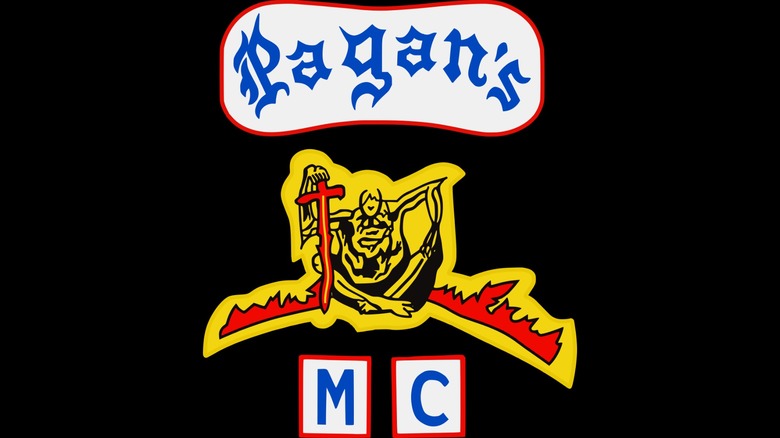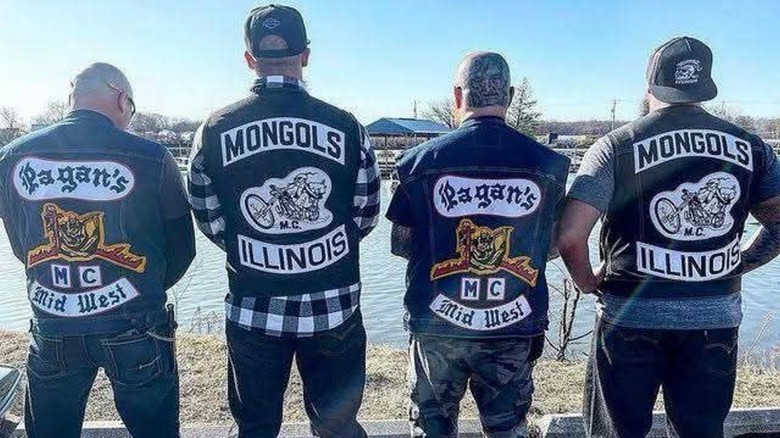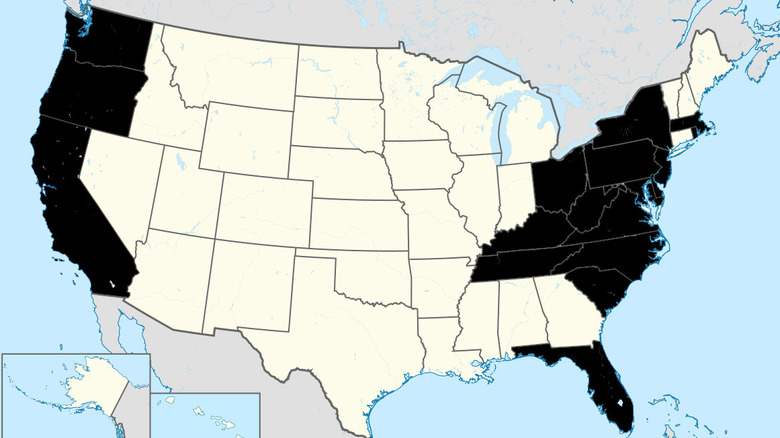Pagans Motorcycle Club: Where Did The Biker Gang Start And What Is It Known For?
The Pagans Motorcycle Club is one of the most famous 1%er outlaw gangs in the world and was founded in 1959 by Lou Dobkin in Prince George's County, Maryland. In its earliest days, there were just 13 riders who wore denim jackets with embroidered designs rather than the three-piece patches typically used by other clubs. It wasn't a violent club to start, just a bunch of guys riding Harley-Davidsons and internationally-made Triumph motorcycles. However, by 1965, the club's reputation took a turn when it was labeled as part of the "1% of motorcyclists who caused problems" in newspaper headlines after numerous incidents and sustained crime.
But the Pagans didn't mind the bad press; they embraced their new persona, going as far as inventing the "1%er" patch, a symbol later adopted by most outlaw clubs. This defiant action defined the club's rebellious identity and shaped how outlaw motorcycle gangs presented themselves. As time passed, the Pagans grew under leaders like John "Satan" Marron and reached thousands of members in the Mid-Atlantic and Northeast. The club is notorious for violent racketeering, drug trafficking, and other organized crime.
How the club is organized
As with any motorcycle club, there are strict rules for members to abide by. The Pagans operate through a firm hierarchy that resembles a corporate business structure. Sitting at the top is a board of senior members who make the policies, appoint chapter presidents, and enforce discipline. Chapters have a uniform structure across the East Coast, comprising presidents, vice presidents, and a sergeant-at-arms, with the management group traditionally having just 13 people to oversee any expansions, and has historically been based in the Northeast.
The club requires members to ride Harley-Davidson motorcycles, pay monthly dues, and be obedient to all written bylaws. The bottom rocker patch on their vests says "East Coast," claiming the entire region rather than identifying a single state. The outlaw group also absorbs smaller clubs through what's called a "patching over," so it can expand its influence while keeping centralized control and power. These details prove just how highly organized and adaptive the motorcycle gang is.
Incidents, prosecutions, and expansion
The Pagans' reputation has been thoroughly earned through decades of violence and federal prosecutions. In 1994, at a charity event in Hackettstown, New Jersey, a fight turned into a gun battle that left two Pagans dead and others injured. Then, in 2009, a sweeping federal indictment charged 55 members and associates with racketeering, conspiracy to murder, and drug trafficking. There was another incident in Missouri, where Pagan members assaulted some rivals with weapons and even forced a victim off the road before shooting him several times.
Prosecutors revealed that those who were involved in these attacks were awarded patches, highlighting incentivized violence within the club. Strategic expansion has also boosted the Pagans' reputation, with New Jersey reports showing that the number of chapters nearly doubled in just a few years, resulting in a surge in violent incidents. Law enforcement identifies the motorcycle gang as one of the "Big Four" outlaw motorcycle clubs (OMCs) with ties to organized crime families in New York, Philadelphia, and Pittsburgh, where Pagans helped enforce gambling debts and loans.


